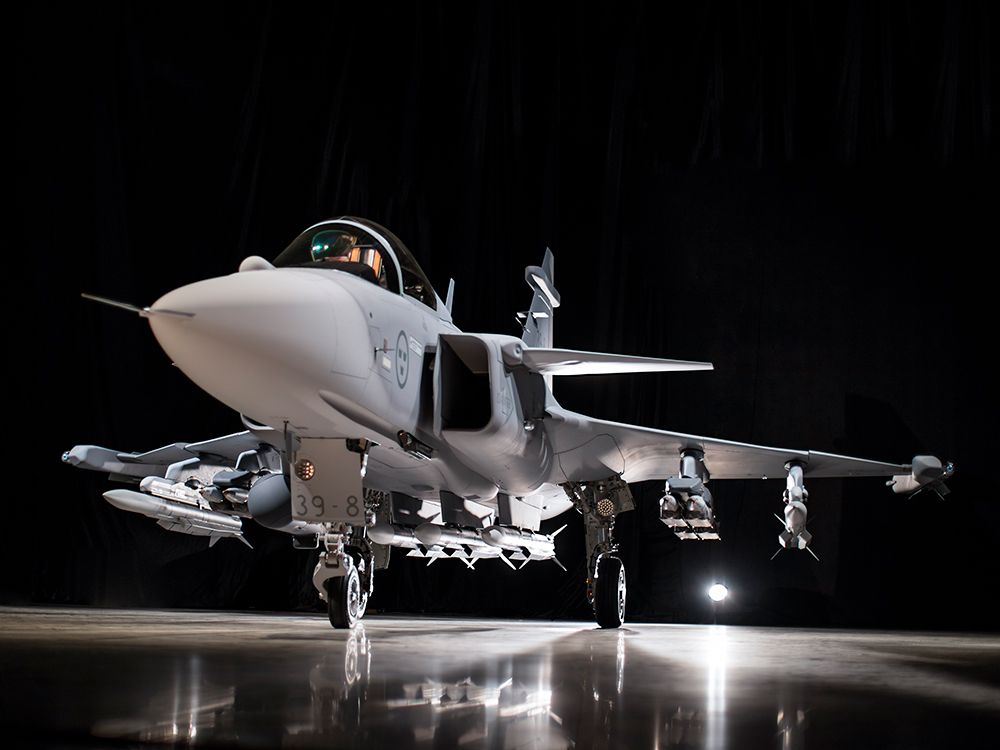
Canada Ramps Up Defence with Automakers as Key Players in National Security Shift
As we look at the growing complexity of global affairs, Canada is making a bold pivot—one that could redefine both our national security and the future of our domestic industries. Industry Minister Mélanie Joly has made it clear: Canada’s automotive sector will play a strategic role in the federal government’s sweeping $9.3 billion plan to strengthen our defence capabilities.
Speaking at the APMA Canada Automotive Summit, Minister Joly emphasized the importance of leveraging Canada's manufacturing strengths—particularly in automotive, steel, aluminum, and emerging technologies like AI—to help fulfill our NATO commitment of spending 2% of GDP on defence. She didn’t mince words, declaring, “We are in a wartime cabinet right now. We must build our defence capacity.” And part of that strategy includes turning to the same factories and talent that have supported the auto sector for generations.
Also Read:- USMNT Humiliated by Switzerland in Nashville Showdown
- Brazil Battles Paraguay Amid World Cup Drama and Travel Ban Talks
She cited General Motors’ Oshawa operations, which have already produced military vehicles based on commercial platforms. It’s a real-world example of how automotive expertise can be adapted for defence applications, offering a potential blueprint for future collaboration. The message was unmistakable: Canada’s defence renewal won’t just come from abroad—it’ll be built right here at home.
But while the promise is bold, industry leaders are approaching it with measured realism. Flavio Volpe of the Automotive Parts Manufacturers’ Association welcomed the attention and investment but stressed that military production is no substitute for the core auto business that employs tens of thousands. The unique engineering standards and market dynamics of defence contracts are a different ballgame. Still, the idea of diversifying into defence work is gaining traction, especially in the face of trade tensions and tariffs from the U.S. that have rattled the sector.
And these tensions are more than just background noise. From Trump-era tariffs on Canadian-assembled cars to delayed projects like Honda’s $15 billion EV plant in Ontario, the economic chill is real. Ontario’s assembly plants have seen layoffs and scaled-back production, and both suppliers and automakers are in wait-and-see mode. There’s no denying the uncertainty.
But the government isn’t shying away from the challenge. Prime Minister Mark Carney recently outlined a vision for rebuilding, rearming, and reinvesting in the Canadian Armed Forces. The ambitious plan includes everything from new vehicles and equipment to bolstered cybersecurity, Arctic monitoring, and expanded capabilities for the Canadian Coast Guard. Importantly, it also includes support for veterans, better recruitment and pay for troops, and more domestic production of key assets.
The broader vision is clear: by empowering Canadian industry, we can not only meet our defence goals but also secure economic stability, create high-quality jobs, and ensure sovereignty in an unpredictable world. Canada is not just reacting to the times—we’re preparing to shape the future, with our industries and our people leading the charge.
Read More:

0 Comments